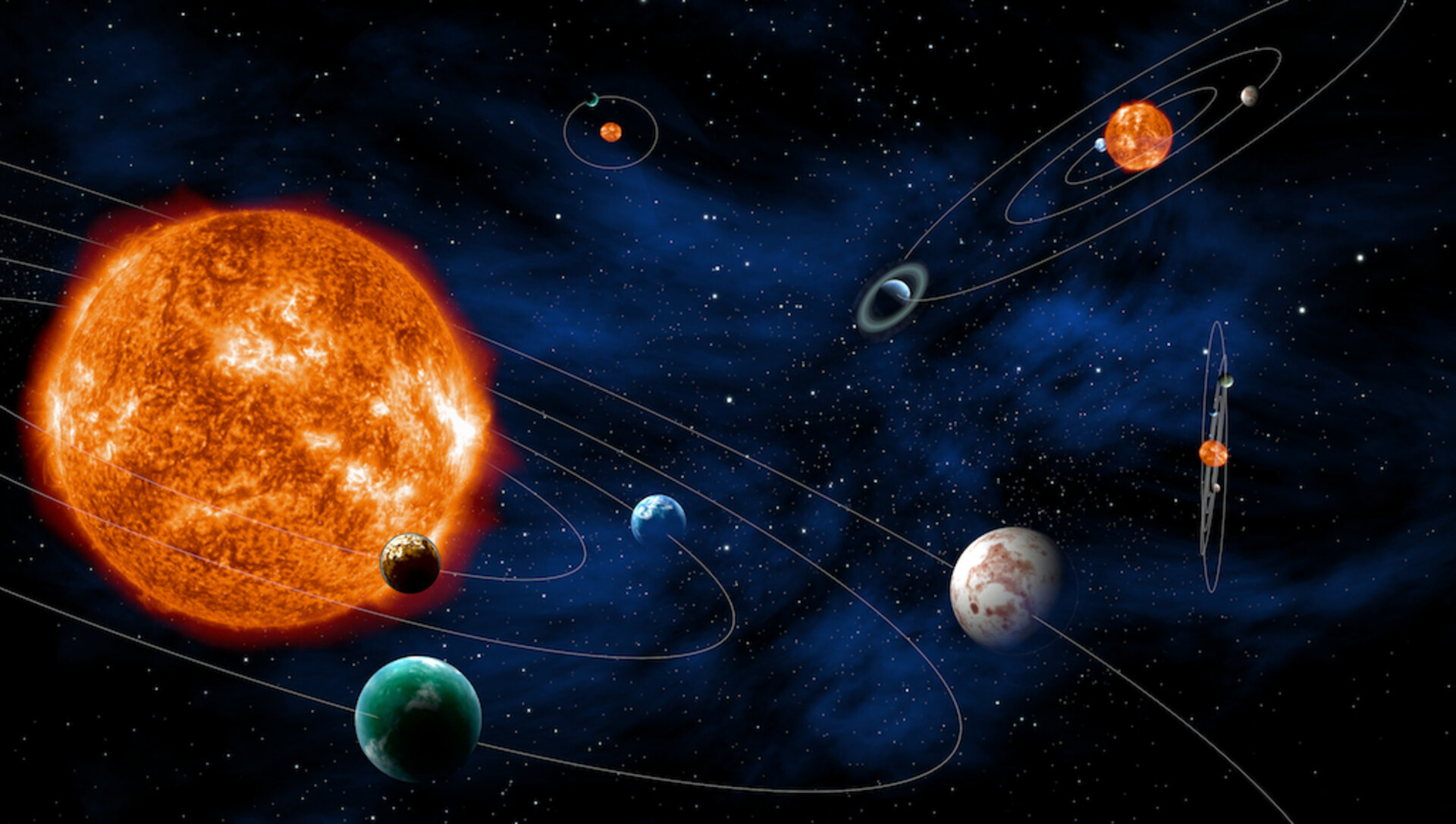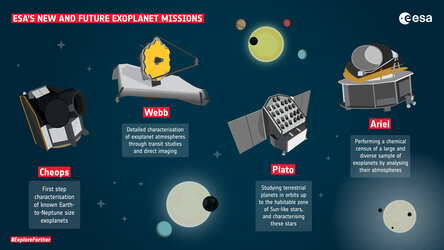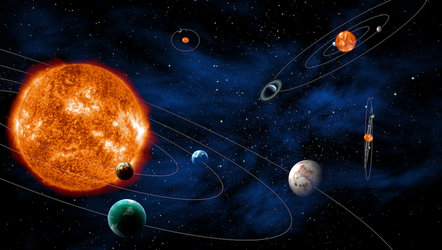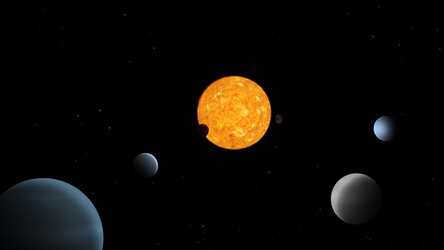What are exoplanets?
An exoplanet is a planet outside our own Solar System, sometimes referred to as an extrasolar planet.
More than 5000 exoplanets have been confirmed. Some are massive, like Jupiter, but orbit much closer to their host star than Mercury does to our Sun. Others are rocky or icy, and many simply do not have analogues in our Solar System. There are systems hosting more than one planet, a planet orbiting two stars, and a handful of planets that may even have the right conditions for water to be stable on their surfaces, an essential ingredient for life as we know it.
To refer to this zoo of exoplanets, scientists relate them to planets in the Solar System using terms like super-Earths, hot Jupiters, or mini-Neptunes. This means that the exoplanet has a similar size or mass to that of their solar analogues, or that they are bigger (super) or smaller (mini). References are also made to their orbit. A hot Jupiter, for example, orbits its star very close in.
Why study exoplanets?

“Are we alone in the Universe?” is one of the most profound questions humankind can ask. The discovery of the first exoplanet orbiting a star like our Sun was made in 1995, and today the study of exoplanets is one of the fastest growing areas in astronomy.
Studying the diverse range of exoplanets and planetary systems that have been discovered to date – from the small to the large, from those that appear Earth-like to the profoundly bizarre – not only helps us learn about how these particular systems formed and evolved, but provides essential clues towards understanding whether and where life might exist elsewhere in the Universe. These out-of-these-world systems additionally give essential clues to our understanding of how our own Solar System formed and how Earth was created.















 Germany
Germany
 Austria
Austria
 Belgium
Belgium
 Denmark
Denmark
 Spain
Spain
 Estonia
Estonia
 Finland
Finland
 France
France
 Greece
Greece
 Hungary
Hungary
 Ireland
Ireland
 Italy
Italy
 Luxembourg
Luxembourg
 Norway
Norway
 The Netherlands
The Netherlands
 Poland
Poland
 Portugal
Portugal
 Czechia
Czechia
 Romania
Romania
 United Kingdom
United Kingdom
 Slovenia
Slovenia
 Sweden
Sweden
 Switzerland
Switzerland






























